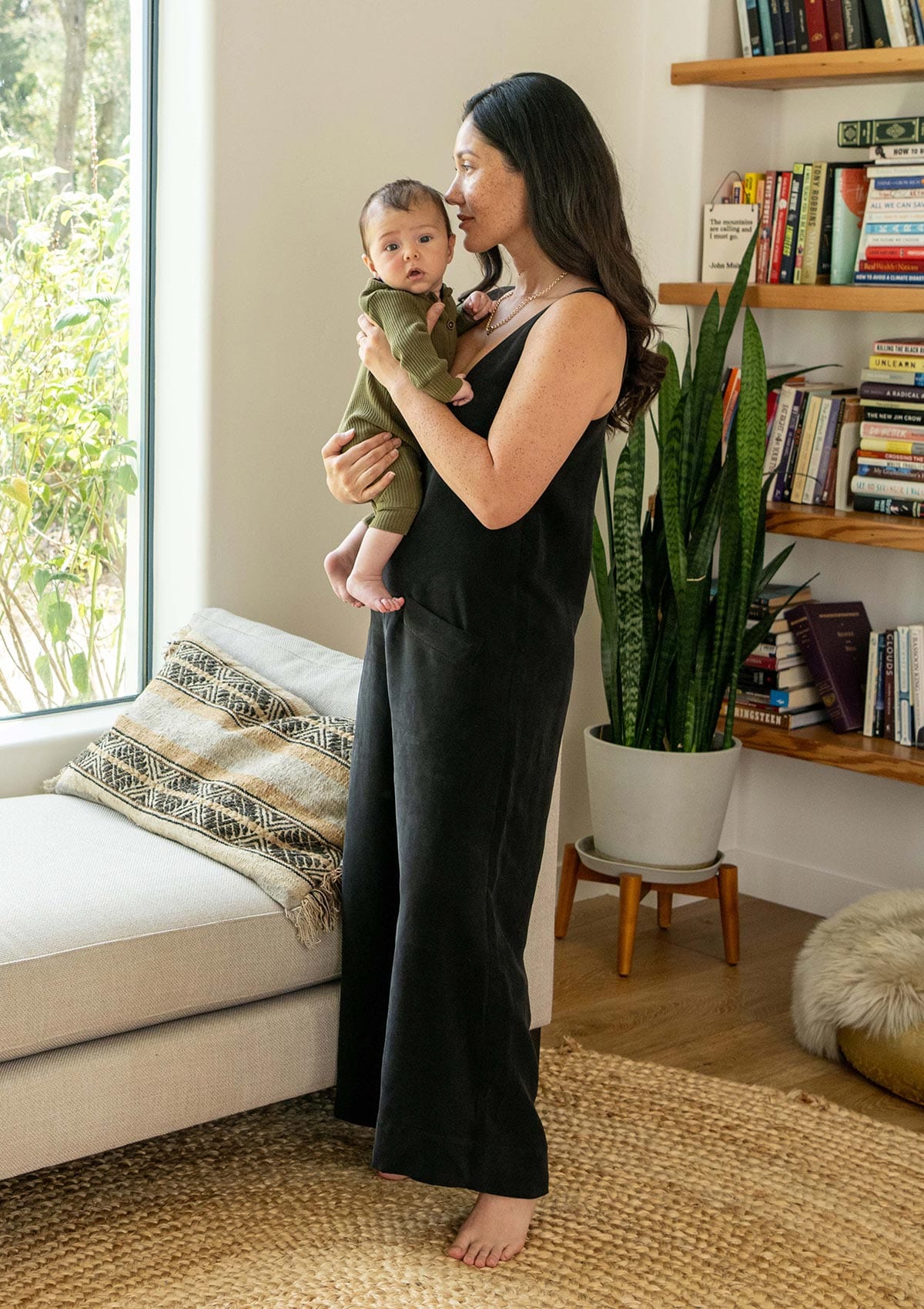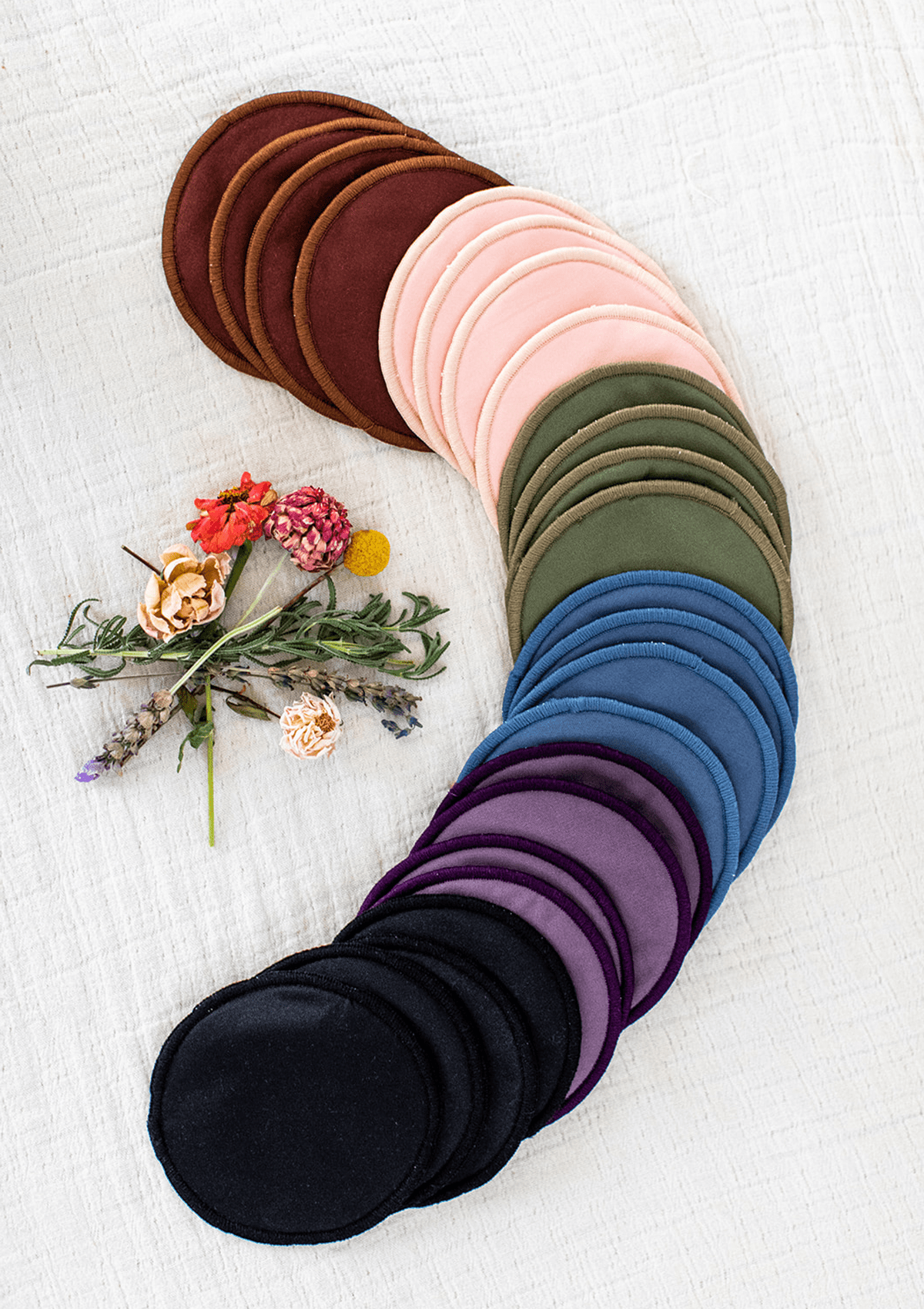
The Crucial First Moments: Mastering the Latch from Minute Zero
Congrats Mama! Welcoming a new baby into the world is the biggest occasion! Filled with joy, anticipation, and a fair share of challenges.
As a postpartum doula, lactation expert and three time nursing mama, I've witnessed firsthand the profound impact that the initial moments after birth can have on both mama and baby.
One of the most critical aspects of this early postpartum period is establishing a good latch.
This seemingly simple act is foundational (I repeat FOUNDATIONAL) for successful breastfeeding, affecting the baby's ability to feed effectively and the mother's comfort and milk supply.
Here’s the deal - your milk and body will be the only thing sustaining your baby for 6 months and a latch can be the make or break of that relationship.
Why a Good Latch Matters from the Start
From the very first feed, a good latch is essential.
It ensures that the baby is able to extract milk efficiently, promoting optimal nutrition and growth.
A proper latch also significantly reduces the risk of nipple pain, soreness, and other complications that can lead to early weaning.
Also feeding in the first hour after birth, often referred to as the "Golden Hour," helps to stabilize the baby's blood sugar levels and body temperature, while also fostering a deep emotional bond between you and baby.
The Anatomy of a Good Latch
A good latch is characterized by the baby taking a large portion of the breast into their mouth, with the nipple reaching far back into the mouth to the soft palate. The baby's lips should be flanged outwards, and you should see more of the areola above the baby's top lip than below the bottom lip. The baby's chin should touch the breast, and their nose should be clear or nearly touching the breast. This position allows the baby to compress the milk ducts without causing nipple pain.
Tip for first time mamas: the baby must take in nipple and areola! I can’t tell you the surprise most mamas have when I share this…
Here are 5 Essential Tips for Achieving the Perfect Latch
1. Skin-to-Skin Contact: Immediately after birth, place the baby on your chest. This natural position encourages instinctive behaviors that lead to a baby's self-attachment and a good latch.
2. Seek Professional Support: Don't hesitate to ask your midwife, doula, or a lactation consultant for help. These professionals can provide hands-on guidance to ensure your baby latches on correctly.
Tip for first time mamas: Hire a lactation consultant before you give birth - review your anatomy, your hopes, desires and goals for breastfeeding and make a plan.
3. Patience and Persistence: Every baby is different, and it may take several attempts to achieve a good latch. Stay calm and keep trying. Your patience is key to overcoming initial challenges.
Tip for first time mamas: Your body is going something miraculous for the first time (again!) - your anatomy and your baby’s need to work together to create the ultimate feeding machine.
4. Listen and Look for Signs of a Good Latch: You should hear the baby swallowing and see their jaw working deeply. If you experience pain beyond the initial latch-on, gently break the suction - here is a great video.Tip for first time mamas: Wash your hands before feeding your baby, so if you ended to break the latch you have clean ready to go hands.
5. Comfort Is Key: Find a comfortable breastfeeding position that allows you to relax and support your baby effectively. A well-supported baby is more likely to latch on well.
Here are a few visual resources to help:
- Latching your baby (position and latch)
- 3 Ways to fix your latch
- 8 Game-changing Breastfeeding Tips
- Latching your baby with a Cocoon nursing cover
Products that make a difference:
Don't hesitate to reach out for support from your healthcare provider, lactation consultant, or postpartum doula. Together, we can ensure that these first precious moments with your baby are as rewarding and successful as possible.

































